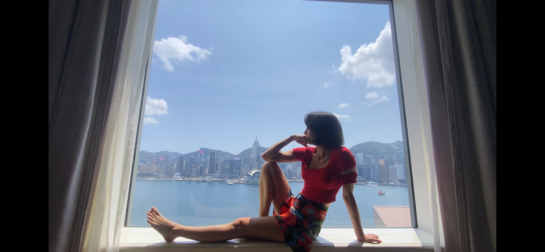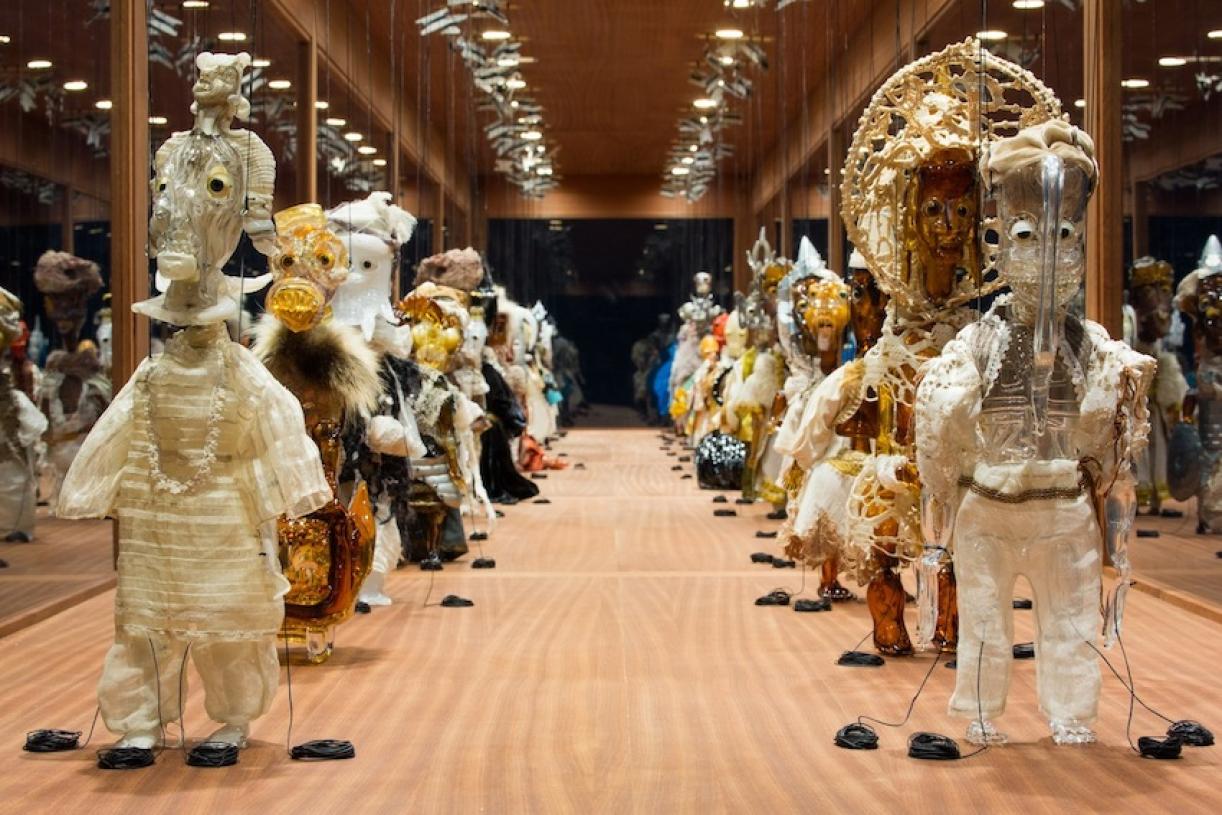
There is no doubt that the Indonesian art market is one of the strongest in Southeast Asia. At art fairs all over Asia and Europe, we see an increasing number of big-name artists and collectors hailing from the art capitals of Jakarta, Yogyakarta, and Bandung. Private museums, galleries and studios are cropping up across the vast archipelago.
I have interviewed Indonesian art collectors Andonowati and Wiyu Wahono, as well as Tom Tandio, director of Art Jakarta, to take the pulse of the market for The Observer.
Here is the link to the article
Read More













